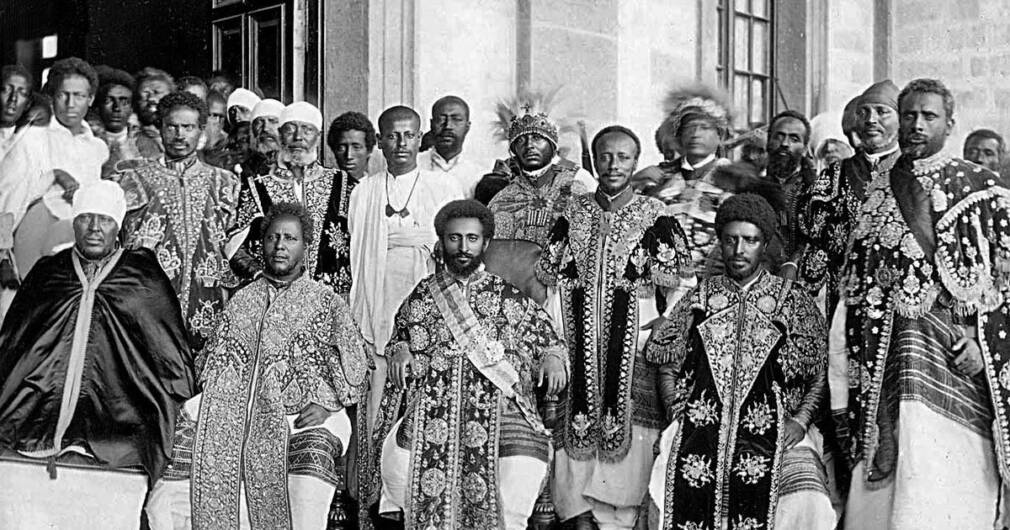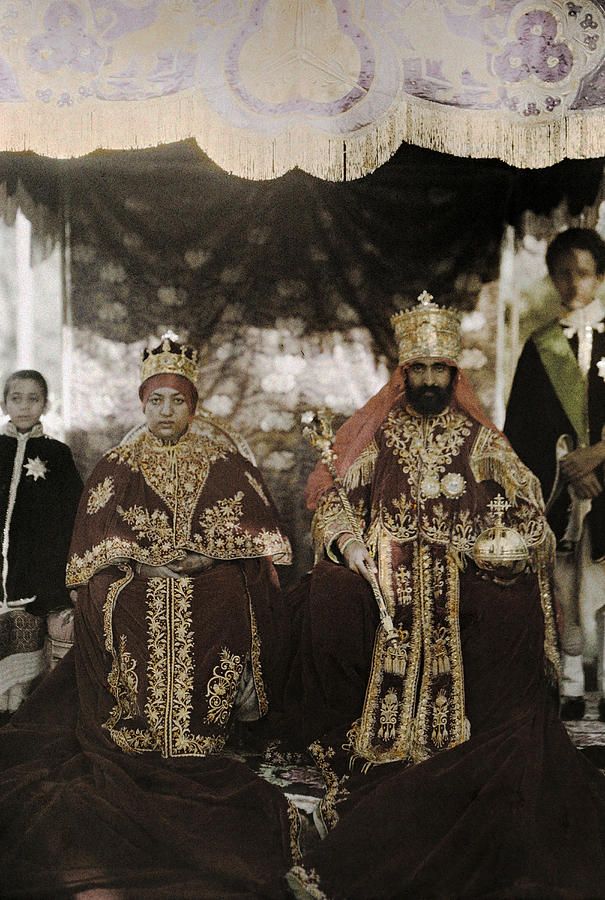well, it is a good opportunity for everybody that we have got a chance to build our Base from shashamane to konso, yes I!! what a blessing at the first time there were many obstacles, for Deug to resist. because nowadays everything is impossible for everybody to think that Deug will continue , with the willing ness of God we are still working for our vision and our MAMA Africa , that is a big blessing for us to know that we have Good General RAS JALALA and also we always thank our founder RAS MUNDA UVE for giving us this opportunity to be together and work .
and also what i observe from konso everyone was handling the responsibilty from each other it is like everybody was trying to see the other weakness and trying to be the other strong part . yes we are on the way to be the role model for AFRICA.
Now a days being rasta is very difficult we have through a lot to make this idea go from every body, rasta is an example of the MAJESTY , Rasta is an Example of working together , Rasta is an example of nature . we are proud of that , HAILE I EMANUEL IHaile Selassie I, emperor of Ethiopia and pan-African instigator, marked the world with his apocryphal personality and equivocal reign that has resonated into the reggae Rastafari and Africa’s modern political backdrop.
“African Giant” in the words of Nelson Mandela, Haile Selassie’s reign over Ethiopia lasted for several decades before it ended in a military prison in Addis Ababa. As the last member of the most ancient line of African kings, many black communities around the world perceived Selassie’s imperial crowning as a symbol of liberation and pride.
In The Prince, Machiavelli suggests that politics is a game played with deception, betrayal and crime.
The fatalism of this prophecy was revealed throughout Haile Selassie’s reign. His political and social accomplishments ran in parallel to countless lives sacrificed in his own country, ultimately leading to the monarch’s downfall. Though, if the current instability in Ethiopia is often associated with Selassie’s failure, a part of his legacy lives on as Cultural Heritage of Humanity through the Reggae musicians that he inspired.

A bright young leader
Tafari Makonnen was born the son of Menelik II’s main advisor in 1892. He drew the admiration of the emperor and his council early on with his sharp intellect and sheer charisma. At the age of 24, he was installed prince regent of Ethiopia, endorsing the title of Ras Tafari. Throughout the rise of his political life, he built solid relationships with western countries in which he saw examples of modernity as well as strategic allies for the future.
In 1923, with the support of French diplomats, he registered Ethiopia with the League of Nations (the forerunner organisation to the United Nations). Prince Tafari was then representing the first independent African country in the international dialogue for world peace.
Imperial investiture of worldwide radiance
He was already an experienced ruler when, on November 2nd of 1930, the Ras was elevated emperor of Ethiopia, officially taking the name of Haile Selassie I or “His Imperial Majesty, Conquering Lion of the Tribe of Judah, King of Kings and Elect of God” as his full title was inscribed.
The celebration of Haile Selassie and his wife’s coronation was symbolic of much more than the simple upgrade of their political status. The monarch invited representatives from all over the world to attend 7 days of pharaonic-scale festivities in Addis Ababa. Well aware of the importance of his country’s image internationally, reporters were also formally solicited (among them Paramount and BBC) to display Ethiopia’s greatness and modernity to the world. Haile Selassie was later named ‘Man of the year’ by the iconic Time Magazine, completing a masterfully designed communication plan.

Ancient spiritual heritage resurfaced
The sensational fairytale of the emperor’s coronation was just the ultimate layer to a much more ancient mythical story. Indeed, Selassie’s advent as emperor came to seal the legend that traces the genealogy of the Ethiopian royal family to King Solomon of Israel. It is said that, in the mid-900s BCE, Makeda (the Ethiopic name for the Queen of Sheba) had visited Solomon in Jerusalem (or Zion) after she heard about his great wisdom. Makeda converted to Judaism and returned to Ethiopia carrying a son that would become the first king of the Solomonic dynasty. This ancient connection grounded the myth of the emperor’s divine nature.
In Jamaica, for a few decades prior to his crowning, a stream of thinking was growing inspired by the figure of Haile Selassie. The black people had been freed from slavery but the oppression and marginalization lead by the British hegemony was still present. When political activist and theorist Marcus Garvey prophetically announced “Look to Africa when a black king shall be crowned, for the day of deliverance is near”, he triggered some of his followers to identify Haile Selassie as the messiah. The messianic associations were fuelled by the Greek biblical name for Africa as Aethiopia; favorable symbols to spiritual thought leaders Marcus Garvey and Léonard Percival Howell of Jamaica. This led to the creation of a socio-religious movement named Rastafari after Selassie’s early title and as a cult of his personality, considered divine. The movement is based on the resistance to western politics and economics, and the return to Africa of the black people that were abducted during years of white-domination.
Reggae music raising Selassie’s voice
Bob Marley was certainly the main icon to popularise the Rastafari movement. In “Blackman’s Redemption” he sings:
“Coming from the root of King David
Through to the line of Solomon
His Imperial Majesty is the power of authority”
Haile Selassie’s single official visit to Jamaica in 1966 created an excitement amongst Rastas that remains unmatched to this day. They broke into the Kingston airport tarmac wearing red, gold and green adornments to greet their holy liberator and some Rastas were granted a private audience with the emperor. Although the emperor donated land to Jamaicans and Afro-Americans seeking home in Ethiopia, the phrase ‘liberation before repatriation’ is attributed to Selassie’s visit to Jamaica as a message to prioritise the fight for the black people’s empowerment before a return to Africa.
